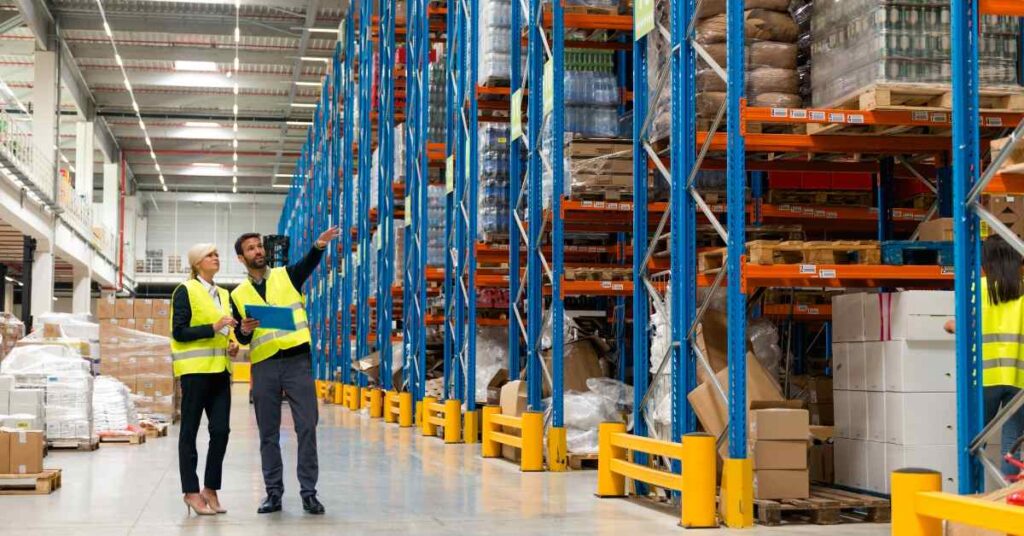Choosing the right food warehouse is a critical decision for any business involved in the food supply chain. The process involves navigating through various considerations to ensure that the selected warehouse aligns with your specific needs and contributes to the overall success of your operations. In this guide, we’ll delve into the intricacies of “How to Choose a Food Warehouse,” providing an in-depth analysis of the key factors that should shape your decision-making.
Understanding Your Food Storage Needs:
Before embarking on the search for a suitable food warehouse, it’s crucial to assess your storage requirements comprehensively. Consider the volume and types of products you deal with, whether they are perishable, non-perishable, or frozen. Additionally, factor in your business’s growth projections to ensure scalability in the chosen warehouse.
Location and Accessibility:

Proximity is a game-changer in the food industry. Choose a warehouse that is strategically located, minimizing transportation costs and ensuring timely deliveries. Evaluate accessibility for both your team and potential clients, as a conveniently located warehouse can significantly streamline your distribution process.
Facility Infrastructure and Technology:
The warehouse’s infrastructure plays a pivotal role in maintaining the quality of your food products. Assess the size and layout, ensuring it can accommodate your inventory effectively. Consider climate control and other storage conditions, and look for technology integration that facilitates efficient inventory management and tracking.
Compliance and Safety:
Adhering to food safety regulations is non-negotiable. Choose a warehouse that meets all necessary compliance standards, certifications, and undergoes regular inspections. Evaluate the security measures in place to safeguard your inventory, ensuring that the warehouse is equipped to handle the unique requirements of food storage.
Cost Analysis:
While cost is a crucial factor, it’s essential to look beyond the initial setup expenses. Consider the ongoing operational costs and evaluate the long-term value and return on investment. Sometimes, a slightly higher upfront cost may lead to significant savings and benefits in the long run.
Reputation and References:
Researching the reputation of a potential warehouse provider is vital. Seek references or testimonials from current clients, and explore online reviews and industry feedback. A warehouse with a positive track record is more likely to provide reliable services and contribute to the success of your business.
Contract and Legal Considerations:
Review the terms and conditions of the warehouse contract meticulously. Understand the legal implications and liabilities involved. Look for flexibility in contract terms, allowing you to adapt to potential future changes in your business needs.
Case Studies and Examples:
Illustrate the key points discussed by providing real-world examples of successful food warehouse selections. Share challenges faced during the selection process and how they were overcome. Showcase positive outcomes and highlight the tangible benefits experienced by businesses that made informed warehouse choices.
Conclusion: How to Choose a Food Warehouse
In conclusion, choosing a food warehouse requires a comprehensive approach. By considering factors such as storage needs, location, infrastructure, compliance, cost, reputation, and legal considerations, you can make an informed decision that positively impacts your business operations. “How to Choose a Food Warehouse” is a multifaceted process that, when done right, sets the foundation for a successful and efficient supply chain.
